By Hayatdin, Da’i of Jama’ah Muslimin (Hizbullah)
Russia, officially known as the Russian Federation, is a semi-presidential federation with a Constitutional Republic form in Eastern Europe and Northern Asia or northern Eurasia extending from northwest to southeast.
The country shares land borders with Norway, Finland, Estonia, Latvia, Lithuania and Poland (both bordering the Kaliningrad Oblast), Belarus, Ukraine, Georgia, Azerbaijan, Kazakhstan, China, Mongolia, and North Korea.
It also has maritime borders with Japan in the Sea of Okhotsk and the U.S. state of Alaska in the Bering Strait.
Also Read: The Forty-Four-Days of Glory: Azerbaijan’s Struggle for Justice and Peace
Covering an area of 17,125,191 square kilometers, Russia is the largest country in the world. Its territory spans one-eighth of the Earth’s inhabited land area, and its population ranks ninth globally with approximately 147,190,001 people (2021).
Stretching across Northern Asia and parts of Eastern Europe, Russia has 11 time zones and its territory consists of various environmental and land types.
The country originated from the East Slavic tribes that existed in Europe between the 3rd and 8th centuries. Founded and led by the elite Varangians and their descendants, the medieval state of Kievan Rus emerged around the 9th century.
In 988, they adopted Orthodox Christianity from the Byzantine Empire, marking the beginning of Byzantine and Slavic (Gopnik) cultural influences that continue to define Russian culture to this day.
Also Read: Palestine Solidarity Month: A Collective Movement for Al-Aqsa and Palestine’s Freedom
Kievan Rus eventually fragmented into smaller states, some of which were later conquered by the Mongols and became vassals of the Golden Horde in the 13th century.
The Grand Duchy of Moscow gradually reunited and gained independence from the Golden Horde, reclaiming dominance over the cultural and political legacy of Kievan Rus.
In the 18th century, the country expanded significantly through conquest, annexation, and exploration, becoming the Russian Empire, the third-largest empire in history, stretching from Poland in Europe to Alaska in North America, which was once Russian territory.
Brief History of Russia
Also Read: Hassan al-Turabi: A Controversial Thinker from Sudan
The history of Russia began with the leadership of Rurik. He was a leader who pioneered the migration of the Varangians from Scandinavia to Novgorod, crossing the Baltic Sea.
By the year 862 AD, the Varangians had settled in Novgorod with Rurik as their ruler. After consolidating his power in Novgorod, Rurik expanded his territory southwards and attempted to gain control over Kiev, inhabited by the East Slavic people.
Kiev was fully under his control by 882 AD during the reign of Oleg. At that time, Kiev was a city that grew into a major trading hub between Scandinavia and Constantinople.
In 989 AD, Vladimir I expanded his territory to the Caucasus and the Black Sea, and adopted the Greek Orthodox Church. The Kievan Rus kingdom came to an end after the Mongol invasion in 1237 by Batu Khan, the grandson of Genghis Khan.
Also Read: Who Exactly is the RSF Group Shaking Sudan?
The Mongols were later defeated by Dmitry Donskoy in 1380 with a victory at Kulikovo.
Subsequently, the fragmented areas were reunited by Ivan IV; he conquered Kazan (1552), Astrakhan (1516), and also ruled Siberia.
The reign continued with his successors until the Romanov dynasty ascended the throne, beginning with Michael Romanov as Tsar in 1613.
The Romanov dynasty ruled for 304 years until 1917 with Tsar Nicholas II as the last tsar.
Also Read: The Two-State Solution (Palestine–Israel) in Historical Perspective
In February 1917, a Provisional Government was formed under Prince Lvov and Alexander Kerensky until October 25, 1917, when it was replaced by the Bolshevik Revolution Government led by Vladimir Ilyich Lenin.
The history of the Soviet Union from 1927 to 1953 includes the Stalinist era from its birth through victory in World War II and its decline to the death of Josef Stalin in 1953.
He succeeded in destroying his enemies while transforming Soviet society with aggressive economic planning, notably sweeping agricultural collectivization and rapid development of heavy industry. Stalin strengthened his position in the party and state hierarchy and developed a widespread cult of personality.
The Soviet secret police and the mass mobilization of the Communist Party became Stalin’s primary tools in shaping Soviet society.
Also Read: Enchanted by K-Dramas, Dragged into Slander: Time for Muslims to Rise!
Stalin’s deadly methods in achieving his goals, including purges, political repression of the general populace, and forced collectivization, resulted in millions of deaths, particularly in the Gulag labor camps and artificial famines.
World War II, known as the “Great Patriotic War” in the Soviet Union, devastated much of the Soviet Union with one in every three deaths of World War II representing a Soviet citizen.
After World War II, Soviet troops occupied Eastern Europe, where they established or supported communist puppet governments.
In 1949, the Cold War began between the Western Bloc and the Eastern Bloc (Soviet) with the Warsaw Pact (founded in 1955) challenging NATO (founded in 1949) in Europe. After 1945, Stalin was not directly involved in any war. He continued his totalitarian leadership until his death in 1953.
Also Read: Creating Opportunity and Avoiding Misery; Lesson Learn on Waste Recycling Issue
In a closed session of the 20th Party Congress of the Communist Party of the Soviet Union on February 25, 1956, Khrushchev shocked his listeners by denouncing the dictatorship of Stalin and the cult of personality in a speech titled “On the Cult of Personality and Its Consequences”. He also attacked the crimes committed by Stalin’s closest associates. Furthermore, he stated that the firm belief that war between capitalist and communist worlds was inevitable was no longer correct. He advocated competition with the West rather than outright hostility by stating that capitalism would self-destruct and the socialist world would triumph peacefully. However, he added, if capitalists desired war, the Soviet Union would respond in kind.
The impact of this speech on Soviet politics was profound. It stripped away the legitimacy of Stalinist rivals; momentarily boosting his domestic power.
Subsequently, Krushchev relaxed restrictions and released over a million prisoners from the Gulag, leaving about 1.5 million prisoners in a semi-reformed prison system (though a wave of resistance followed in the 1960s).
Communists worldwide were shocked and amazed by his condemnation of Stalin and this speech “Caused a revolution in the behavior of the people of the entire Soviet Union and Eastern Europe. This was the sole factor in overthrowing the mixture of fear, fanaticism, naivety, and double-think that was the reaction to Communist rule.”
Also Read: Between the Treaty of Hudaybiyyah and Ceasefire in Gaza
Following Krushchev’s ousting in 1964, the country was once again led by collective leadership, until Leonid Brezhnev became the leader. The 1970s and early 1980s were marked as the Stagnation Era, a period when economic growth slowed and social policies became static.
Kosygin’s reforms in 1965 aimed at partial decentralization of the Soviet economy and shifting focus from heavy industry and weapons to light industry and household goods were rejected by conservative communist leaders.
In 1979, a revolution broke out in Communist-led Afghanistan, and Soviet armed forces invaded the country at the request of the new regime.
The occupation of Afghanistan drained economic resources with little political success. Eventually, Soviet troops withdrew from Afghanistan in 1989 due to international resistance, continuous guerrilla warfare, and lack of Soviet public support.
Also Read: Peace Cannot Be Achieved Without a Palestinian State
Starting in 1985, the last Soviet leader Mikhail Gorbachev, who sought to implement liberal reforms within the Soviet system, introduced the policies of glasnost (openness) and perestroika (restructuring) to try to end the economic stagnation period and democratize the government.
However, this led to the rise of nationalist and separatist movements. Before 1991, the Soviet economy was the world’s second largest, but in its final years, it suffered shortages, large budget deficits, and inflation.
In 1991, economic and political turmoil began to boil, exacerbated by the Baltic republics choosing to separate from the Soviet Union.
In March, a referendum was held, where the majority of participating citizens voted to change the Soviet Union into the Commonwealth of Independent States (CIS).
Also Read: Facing the Wall: Netanyahu and Ambitions Built on Blood
In August 1991, there was an attempted coup by members of Gorbachev’s government, directed against Gorbachev and aimed at preserving the Soviet Union. However, the coup failed and instead ended with the dissolution of the Communist Party of the Soviet Union. On December 25, 1991, the Soviet Union dissolved into 15 separate countries.
Islam in Russia is a minority religion. According to the US Department of State as of 2017, the Muslim population in Russia is 14 million or nearly 10 percent of the Russian population.
According to the Grand Mufti of Russia, Rawil Gaynetdin, the Muslim population in Russia was 25 million in 2018. For the first time in Russian history, the Russian leader (Vladimir Putin) included a Muslim minister in his cabinet and recognized the existence of Russian Muslims.
The first Muslims in modern Russia were the Dagestani communities in (the Derbent area) after the Arab conquest (8th century). The first Muslim state was Volga Bulgaria in 922.
The Tatars inherited Islam from that country. Then most of the European and Caucasian Turks also became followers of Islam. Islam in Russia has been present and developed in the early conquest of the Central Volga region in the 16th century, which brought Tatars and other Central Volga residents into the Russian homeland.
In the 18th and 19th centuries, Russia’s conquest in the North Caucasus region brought Muslims from this region such as Dagestan, Chechen, Circassia, Ingush, and into the regions and corners of the country of Russia. Kievan Rus also had the opportunity to embrace Islam from missionaries of Volga Bulgaria, but the Eastern Slavs accepted Christianity.
The majority of Muslims in Russia follow Sunni Islam. In some regions, especially in Dagestan and Chechnya, there is a tradition of Sufism, represented by the Naqshbandi and Shazili orders led by Shaykh Said Afandi al-Chirkawi ad-Daghestani.
Sufi practices gave the Caucasus people a strong spirit to resist foreign pressures and have become legendary among Russian forces fighting the Caucasus people during the Tsarist era.
Azerbaijanis follow Shia Islam, although they were not citizens of the Soviet Union, many Azerbaijanis migrated to Russia in search of employment. The first printed Qur’an was published in Kazan, Russia in 1801. Another phenomenon that occurred was the Wäisi movement.
In the 1990s, the number of Islamic publications increased. Among them were several magazines in Russian, “Ислам” (transliteration: Islam), “Эхо Кавказа” (Echo of the Caucasus), and “Исламский вестник” (Islamic Herald), and several Russian-language newspapers such as “Ассалам” (Assalam) and “Нуруль Ислам” (Nurul Islam), published in Makhachkala, Dagestan.
According to the United States Department of State, there are about 25-31 million Muslims in Russia, comprising at least 29-41 percent of the country’s population and forming the largest majority religion.
The large Islamic community is concentrated among minority citizens living between the Black Sea and the Caspian Sea: Avars, Adyghe, Balkars, Nogais, Chechens, Circassians, Ingush, Kabardins, Karachays, and many residents of Dagestan.
In the central Volga Basin, there is a large population of Tatars and Bashkirs, most of whom are Muslims. Many Muslims also live in Perm Krai, Ulyanovsk, Samara, Nizhny Novgorod, Moscow, Tyumen, and Leningrad Oblast (mostly Tatars). For example, there are currently more than two million Muslims in Moscow.
Mosques in Russia
Officially, the number of mosques in Russia reaches 6,790 mosques, but the actual number is much larger and continues to grow. In Dagestan alone, there are between 2,000 – 3,000 mosques. In the past ten years, the number of mosques in Tatarstan has exceeded 2,500. In the Russian capital with a Muslim population exceeding 6 million people, there are 20 Muslim communities and 5 mosques. According to Russian data experts, there are at least 9,000 mosques in Russia.
According to the state register data, there are currently 4,831 local Muslim religious organizations registered. The largest number of Muslim religious organizations are registered in the Volga region (1,945), followed by the North Caucasus (980) and the Urals (316).
The number of Muslim religious organizations in other regions is smaller. The majority of Muslims in Russia are Sunni. There are two schools of Islamic jurisprudence in Russia, namely the Shafi’i school in the North Caucasus and the Hanafi school in other regions of the country.
In recent years, relations between Muslims in Russia and Indonesia have improved due to the good work and efforts made by Indonesian Ambassador Hamid Awaludin and several other Indonesian diplomats.” (T/RE1/P2)
Mi’raj News Agency (MINA)





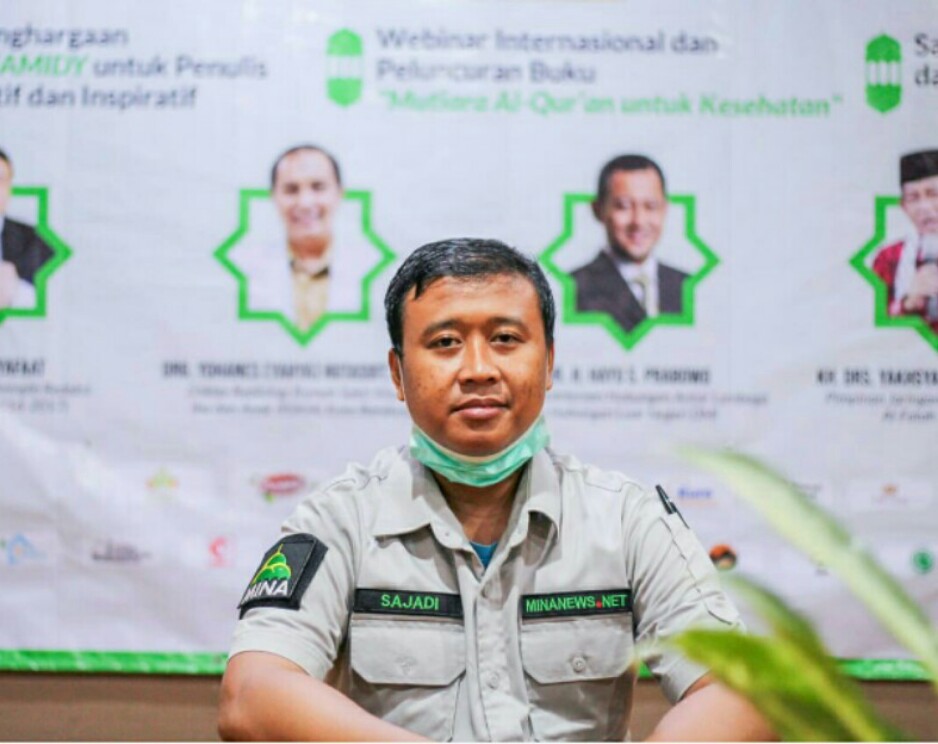
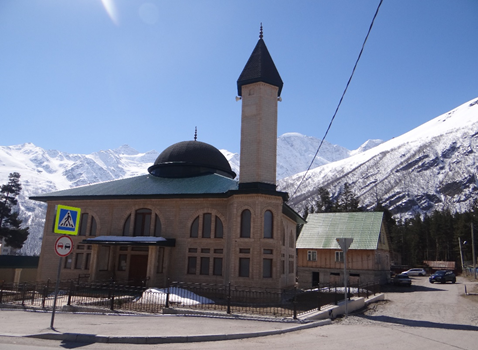

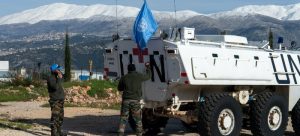
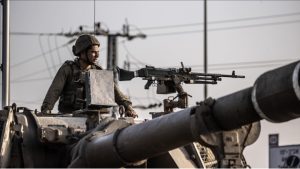

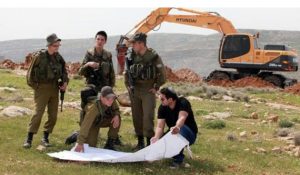
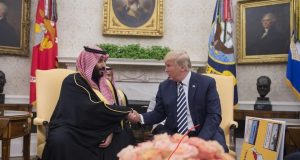
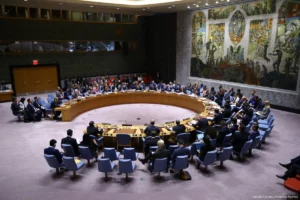
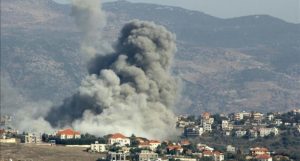
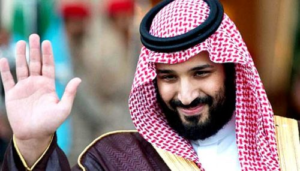

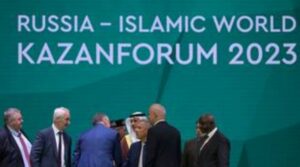

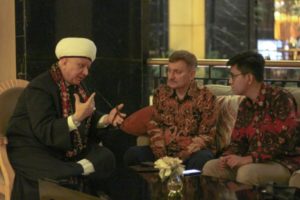
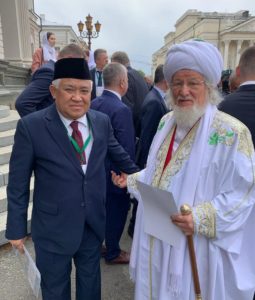
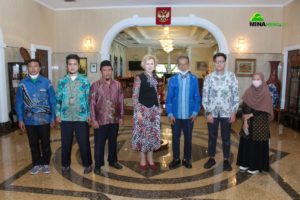



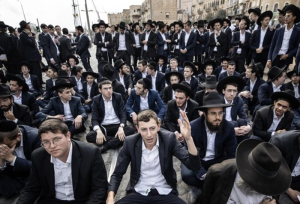
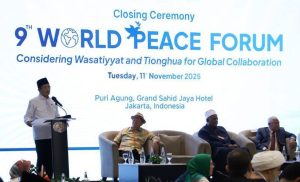






 Mina Indonesia
Mina Indonesia Mina Arabic
Mina Arabic